Understanding Rice Hoarding
Rice is a staple food in many cultures. It holds great significance and is a symbol of sustenance and security. It is no surprise that people stock up on this grain during times of uncertainty or crisis.
In recent years, months, and days, the act of hoarding rice has gained attention, raising questions about the motives of WHY PEOPLE DO THIS! Let’s talk about this and start understanding rice hoarding.
Rice Hoarding
Just like we saw toilet paper hoarding during the pandemic a few years ago, we are starting to see rice hoarding. If you’re struggling to find rice, here are some reasons why you are seeing this movement. Colander to Rinse Rice
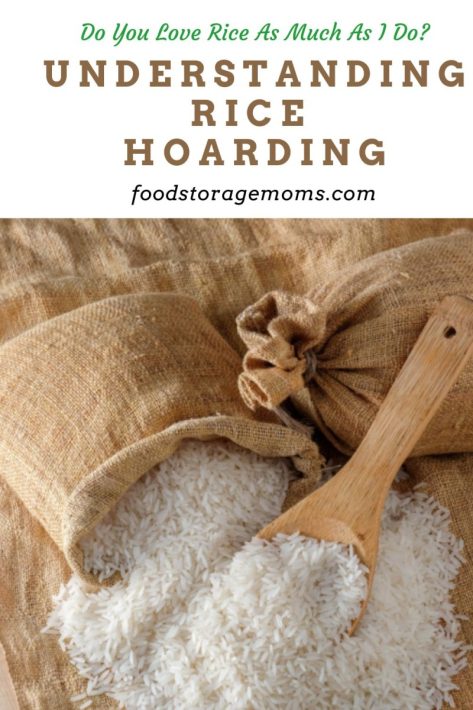
What’s happening in 2023 with rice hoarding?
According to Business Today “India’s announcement of a ban on the export of non-basmati rice, panic buying of rice was witnessed at departmental stores across the US.” Now we are seeing major price hikes and rice hoarding.
Although the US consumes a fair amount of rice from the global marketplace, we aren’t a country that produces much rice. We are at the mercy of the 10 countries that grow over 85% of global rice production, including China, India, Thailand, Vietnam, Indonesia, and other Asian countries. Only Brazil of the western hemisphere is part of that 10-country group.
USA’s Relationship With Other Countries
It’s hard to believe, but within the past few years, China produced over 148 million metric tons of rice with India at over 104 tons of milled rice. The US’s relationship with these two countries, particularly China, has been on somewhat shaky ground, making us very susceptible to possible a rice shortage situation and paying a market price higher than other countries.
Why did India ban rice export to the USA?
“The government of India has banned the export of non-basmati white rice, saying it will help keep prices down domestically and improve availability there.” source
Since the announcement of the ban, rice prices here in the US have seen a significant increase. I did some checking today and the 20-pound rice bags I paid $10 dollars for at retail prices last year are now priced at over $50.00.
You and I have no idea who the rice traders are and who sets the global food prices for rice at any given time, but you can make the logical assumption that there are some unscrupulous traders out there trying to take advantage of scare tactics to move tons of rice right now.
The Fear of Scarcity
One of the main reasons people hoard rice is rooted in the fear of scarcity. Throughout history, food shortages and famines have plagued societies, leaving an indelible mark on collective memory. These experiences have instilled a deep-seated fear of running out of food, especially a staple like rice that provides sustenance and nourishment to millions of people.
As a result, individuals feel the compulsion to stockpile rice, and rice hoarders become more prevalent as a precautionary measure, to ensure their survival during uncertain times.
Back in April of 2023 USA Today had an article in which they announced rice shortage predictions this year as one of the “biggest shortages in decades” based on reports from industry analysts. The analysis is based on a number of factors, including devastating flash floods from typhoons in China and Pakistan during 2022 which led to poor harvests and increased prices at the start of the year.
Climate Changes Affect Rice Production and Pricing
These price increases were on top of much higher prices already in effect due to supply chain issues and droughts in many countries during the pandemic period. Dry spells throughout Asia aren’t uncommon and cause hoarding of agricultural products of all kinds in many cultures.
The likelihood of below-normal rainfall puts fear in people and markets, and prolonged dry seasons in some areas seem to be the trend. But adding the challenges of climate change and political unrest just adds to the shortages and price pressures we’re seeing. Climate issues and changing growing seasons also affects the production of crops, a lower crop harvest, and a reduction in good quality rice.
Although the US doesn’t produce a large percentage of global rice output, the year-over-year rice production reductions in high rice growing areas like Arkansas, the Mississippi Delta, the Gulf Coast of Texas and Louisiana, and California’s Sacramento Valley, make for higher prices here too.
Sense of Security
Hoarding rice can provide individuals with a sense of security and control in an unpredictable world much like we’ve seen in recent times with corn hoarding in many countries and cultures. The act of accumulating a large supply of rice creates a tangible buffer against potential crises or emergencies.
By having an ample reserve of this essential commodity, people believe they can protect themselves and their families from hunger and deprivation. This psychological security blanket offers reassurance and peace of mind, temporarily.
Cultural Significance
In many cultures, rice carries deep cultural and symbolic meaning, often associated with prosperity, abundance, and good fortune. Hoarding rice can be driven by the desire to uphold cultural traditions and maintain a connection to one’s heritage. The act of storing rice becomes a way to preserve cultural identity and ensure customs and cultural trends will continue.
Psychological Comfort
The act of hoarding rice can also provide individuals with psychological comfort. During times of stress or uncertainty, having an abundance of rice can serve as a source of emotional solace. The feeling of being prepared and self-reliant boosts confidence and reduces anxiety. Hoarding rice becomes a coping mechanism, providing individuals with a sense of control over their environment.
Fear of Price Inflation
Another factor contributing to rice hoarding is the fear of price inflation. When news of potential disruptions in the supply chain or rising prices circulate, individuals may rush to stock up on rice to avoid paying exorbitant prices in the future. This behavior is driven by the anticipation of increased demand and limited availability.
Social Influence and Panic Buying
Hoarding rice is often influenced by social dynamics and the collective behavior of others. When individuals witness others engaging in panic buying or hoarding, it can trigger a sense of urgency and FOMO (fear of missing out). The fear of not having enough rice drives individuals to follow suit and join the hoarding trend. Social media platforms and news reports can trigger this behavior, it creates a domino effect that spreads fast throughout the world.
What is the rice used for?
- Food – Rice is primarily used as a staple food in many cultures. It serves as a base for various dishes, including stir-fries, rice bowls, curries, and sushi.
- Brewing and Distilling – Broken rice is often used in brewing and distilling processes to create beverages such as rice wine and sake.
- Flour and Starch Production – Rice can be milled into rice flour, which is used in baking, gluten-free recipes, and as a thickening agent in sauces and gravies.
- Animal Feed – Rice by-products, such as rice bran and broken rice, are commonly used as feed for livestock and poultry.
- Cosmetics and Skincare – Rice-based products, such as rice water and rice bran oil, are used in skincare routines. Rice water is believed to have moisturizing and brightening effects on the skin, while rice bran oil is used in cosmetics for its hydrating benefits.
- Household Uses – Rice can be used around the house for various purposes, like absorbing moisture (for those of us who drop our phones in water often).
My Favorite Rice Dishes
Final Word
The act of hoarding rice is driven by a combination of factors. The fear of scarcity, the desire for security, cultural significance, and the need for comfort all make people participate in this behavior. For all of us, taking the time for understanding the motivations behind rice hoarding can help us empathize with those who do it, but also help us to understand why we shouldn’t necessarily join. May God Bless this World, Linda
Copyright Images: Rice Raw Portion Depositphotos_76949721_S, Rice the Staple of Asians Depositphotos_130439252_S

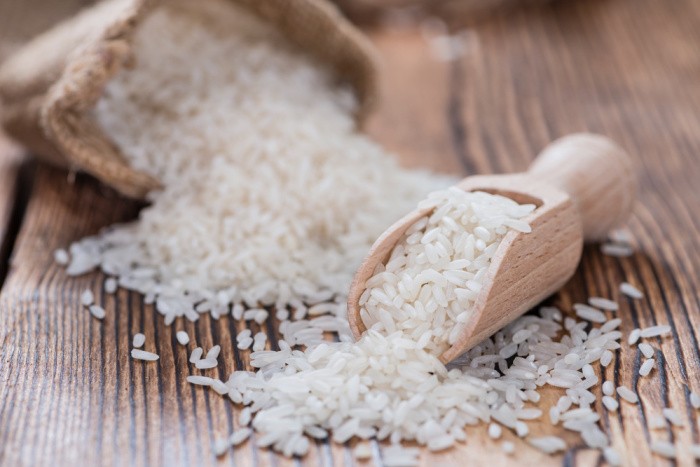

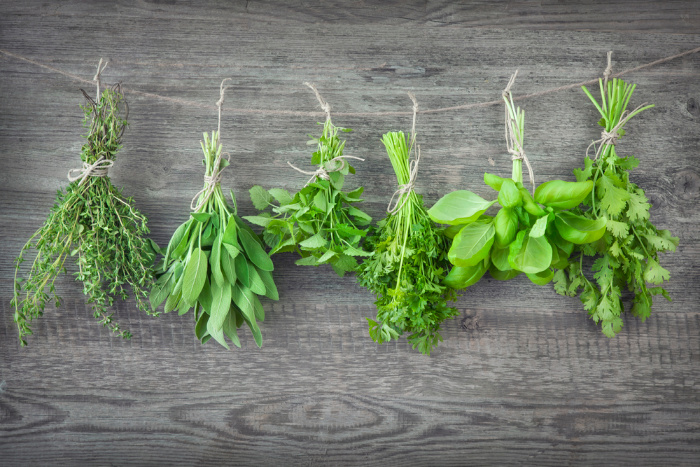
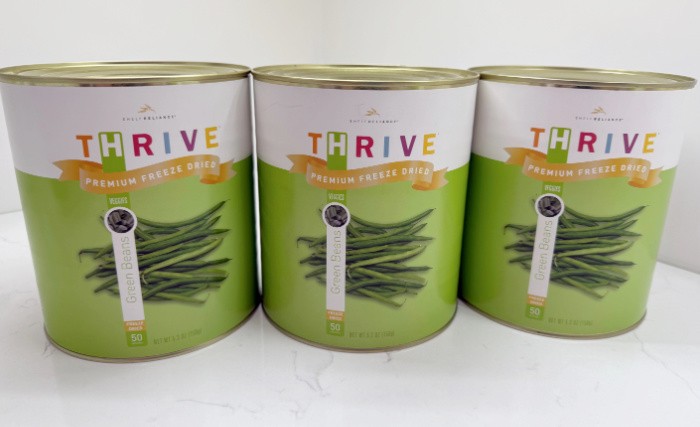
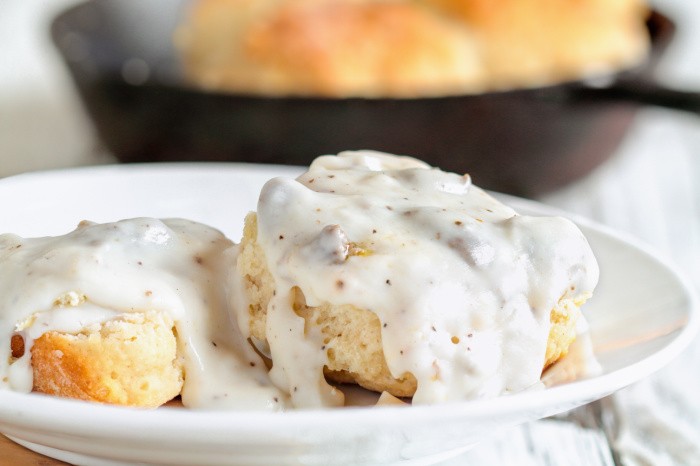
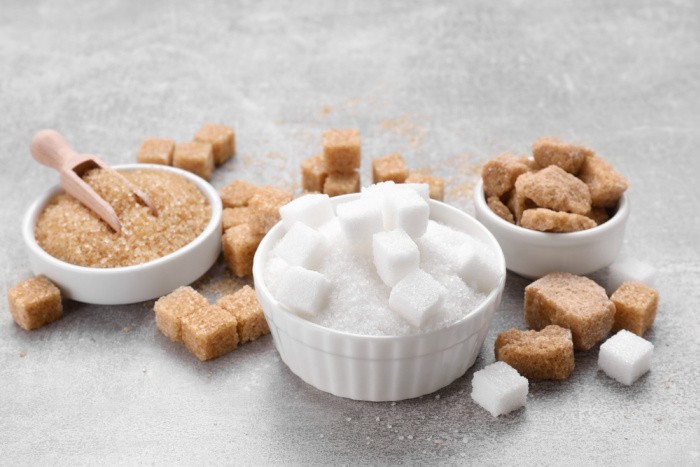
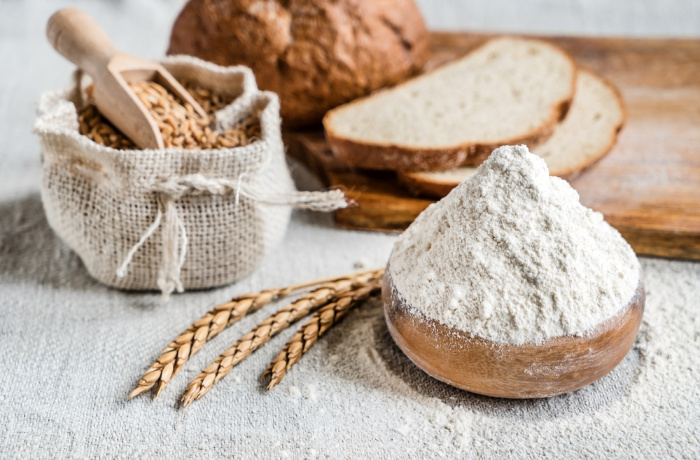
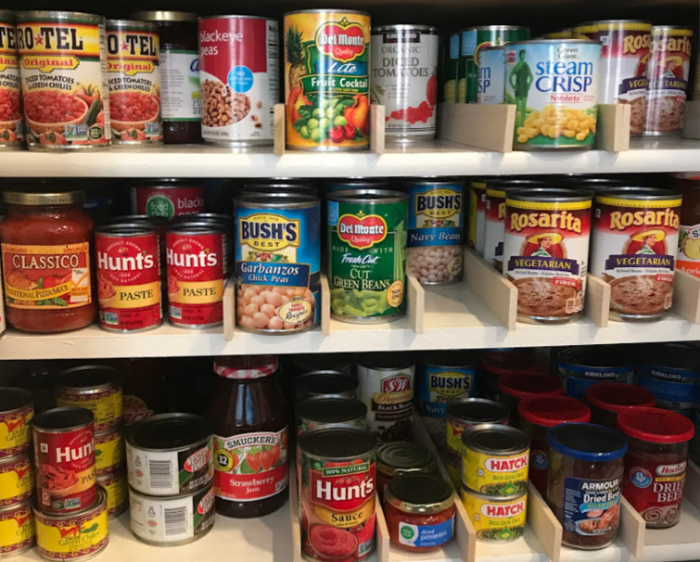
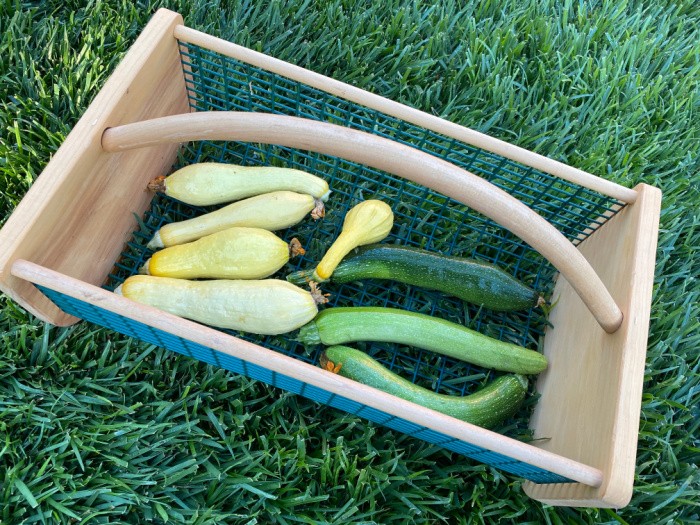
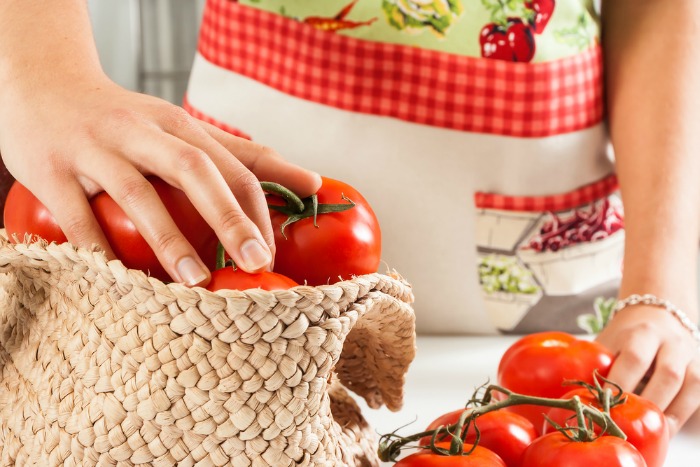

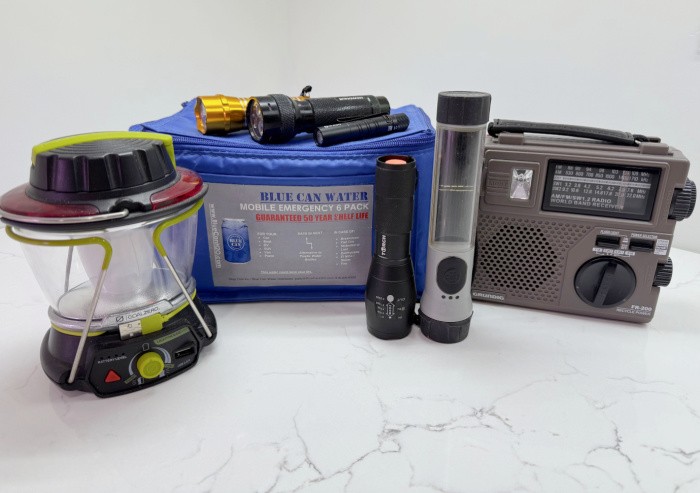
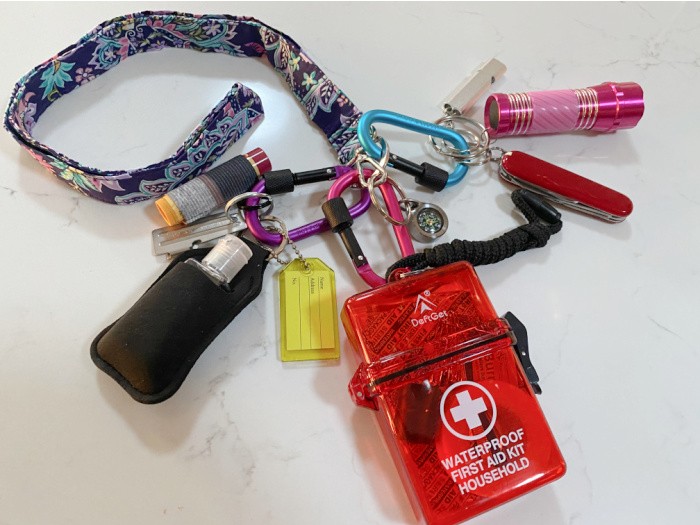








The covid thing was as mild a shot of reality based SHTF as can happen. Most folks learned quickly that once it’s gone it’s gone or unavailable for a while.
The majority of folks SHOULD HAVE by now prepared for the next eventuality however the unfortunate side of the covid thing was many still managed to find things though they were more expensive and in less quantity so they mistakenly believe that if they react quickly enough they can get what they want which is why your seeing panic buying.
This is just a start. When “IT” happens whatever it is you do not want to be in a crowd fighting for the last of the stuff. That’s a good way to die or get hurt and not be any good to anyone.
Prepare NOW not tomorrow not next week but NOW
So true. Most of the time, people don’t even realize there is a shortage before it’s too late! Good thing I have Linda to keep me in check LOL
HI Jess, thank you for your kind words, I have to keep up on the latest global news because it will affect all of us. Linda
Hi Matt, oh you are so right, you would think people would learn from the past shortages. We must keep on top of our food supplies, pet food, toilet paper, etc. In other words, keep up on everything you may need or want NOW. Panic buying should not be necessary if we stock and rotate. Great comment, Linda
Good article. I also think this is an opportunity to look at our supplies and make sure we have a diversified assortment of dried beans and grains. We should never become overly dependent on any one food type because a shortage can occur at any given time for a whole host of reasons. This is a learning curve we all need to go through and improve ourselves. Remember: Complacency and panic go hand in hand when ‘IT’ hits the fan.
Hi Terry, oh you nailed it, thank you! We must be aware of what’s going on in the world and not just the USA! Keep you pantry stocked and supplies filled with what your family will need or eat. We do not want to panic, great comment! Linda
Hello Linda,
Thanks for the heads up about rice. Since it’s only me, I buy a 5 pound bag of rice and it last me quite a while since I don’t eat it every day. When I do cook rice I generally have leftovers for 2-3 days, but I will be checking my supply since I haven’t cooked any rice in a while and will purchase a 10 pound bag on my next shopping trip.
Hi Mildred, hopefully you can find a ten pound bag of your favorite kind of rice and it’s not overpriced where you live yet. Rice goes a long way, Linda
I learned after many years preparing for two and always cooking too much rice, a 1/8 cup is just right for a meal for me.
I do put in the fridge for later if I don’t eat it. Warm is pretty good.
Hi JayJay, I love rice, and you can freeze it as well after cooking. Linda
Hey, Linda and group: About rice, I generally buy Lundberg Organic Rice because it is grown in an area of the U.S.A. that never saw war nor any contaminants from such battles (Unlike the rice grown in the southern states, yes even including TX!)
The thing is that I bought a 20#?? bag of pristine rice grown in the foothills of the Himalayas at Walmart about 3 years ago. Am headed down there to see what the current price is. I think it was only $18, if memory serves. Will go check it out to see if they even have it anymore, and if they do, to find out what the latest price is. Will try to let you all know. Best always, JESS
HI Jess, I looked online, not sure which brand you bought, but they had this one: Himalayan Chef Extra Long Grain Super Kernel Basmati Rice, 10 lbs
$29.99 Organic. I stocked up last year so I’m set. Let us know what you find, this was online Walmart. Not sure about the brand. I only buy organic, and pray that it really is organic. Linda
When I stored rice starting in 2009, Sam’s Club had a 25# bag for $9+ and $19+ for a 50 lb. bag.
I always got the smaller bag because of weight.
I filled 5 gallon buckets with the rice and could lift it okay.
It was marked made in Arkansas.
Yeah, Jay Jay: I used to also eat brown rice from TX and Arkansas until I heard about all the arsenic used on pests in cotton fields and all the lead shot from battles contaminating the rice crops. That is when I threw out ALL of the rice grown down south we had in this house. Now, I only buy Organic Lundberg Brown Rice or Arborio Rice, which had already gone up in price about 1 1/2 years ago. However, I love that stuff, so I bought a “case” of the Lundberg Organic Arborio Rice JUST before the price went waaaay up. We don’t eat a lot of rice, so have not used it all up yet…
Sorry, I ended up quite exhausted today, so I never went to Walmart to check on the Himalayan Rice since Linda found it online..It is likely the same item I bought awhile back…I am not certain it’s the same one, but probably. It only cost $18 a bag when I got mine back 1 or 1 1/2 years ago. It was not organic, if memory serves, but I figured for bartering purposes or near starvation circumstances, being grown in such a pristine environment, it would do.
Me, myself, and I, I would rather have rice from that pristine area than from Arkansas or anywhere in the southern USA, where the soil is seriously contaminated with heavy metals. Dr. Greger of Nutrition Facts.org even recommends not eating any rice anymore, though I think once in awhile would be O.K., if it’s clean rice. Mike Adams, the Health Ranger sells (expensive!) brown rice that has been lab. tested for heavy metal contamination vs. purity, too.
Also, since I am a member of an Azure Standard buying club, my first thought is to look on Azure’s website and here is what I found: Lundberg Rice, Basmati, Brown, Organic, Gluten Free, 25# for $62.57 = $2.50/lb. and. Lundberg Rice, Long Grain, Brown, Organic, Gluten Free, 25# for $55.59 = $2.22/lb.
As high a price as those seem, I can tell you over in our area, at least, EVERYTHING has gone waaaay up in price, so I don’t consider any kind of organic and toxin-free rice at $2 something a lb. all that expensive anymore, not if you will eventually eat the entire 25#. They also sell all their rices in small quantities, too, but the price per lb. is higher like that.
HI Jess, I really like the products from Azure Standard. Great reminder. Linda
Hi Jess, I eat a lot of rice, I will have to check to see where it is grown. I only buy organic but nowadays, I’m not sure I can trust that Organic seal anymore. That’s interesting about the metals where rice or any food has been grown for that matter. We used to live in Farmington, Utah and in our neighborhood every third house had someone with cancer, all ages. I complained about the drinking water (it was yellow) to the city and they said nothing was wrong with it. I immediately started buying spring water from companies who would deliver it. Then a fews later I switched my kitchen sinks to Reverse Osmosis. I will never drink city water. I don’t trust the chemicals in it. I get what you say about soil, we had water issues. Thanks for sharing, Linda
Hi JayJay, those were the rice prices I was used to. Now they are much higher, I would love rice grown in the Arkansas, great comment, Linda
HELLO, FOLKS! Well, I finally made it to a Walmart store today, and found the exact Himalayan Rice I bought around 2018 or 2019. It is called: Royal brand, 20#, grown in the foothills of the Himalayas and the current price here locally was still on $20.76!! That is still the deal of the century!! Only $1.04/lb. Where else could you still find CLEAN RICE for that price??? O.K. Now I’ve kept my promise to go see if Walmart still had a great price on this rice product!!!
I hope this is helpful for someone.
Best always,
Hi Jess, thank you for letting us know, I love it! Linda
I know that many people say you can’t save Or as some say hording but I bought a bunch on mark down and none of it was white. We are still enjoying it and none has gone bad on us. I also have quite a bit of white rice which I mix with the other rices because my husband does not like white rice. He does not know the difference.
HI Jackie, that’s a great idea to mix the different rices, love it, Linda
Linda, if people were capable of learning from the past we wouldn’t be trending toward socialism in this country.
Most of my rice is stored in buckets with O2 absorbers. I’ve heard it will last for up to ten years stored that way. I’ve yet to notice any shortage of rice at the stores.
Hi Ray, I am going to Sam’s Club and Costco to day to see how the shelves look. I’ll let you and the group know. Linda
Hi Ray, the price of rice was anywhere from $22.00 to $28.00 for 25 pounds at Sam’s Club here in northern Utah. The shelves were about 1/4 full, not too scarce but not plentiful either. Linda
To Jay Jay,
Thank you!
I will try an 1/8 of a cup of rice, I don’t mind leftovers, but after 3 days it gets kind of old.
Hi Linda,
I buy Uncle Ben’s rice. I will check the price and hope the supermarket has some. I will let you know what happens and how much a 10 pound bag cost. Be safe in this heat and have a good weekend.
Hi Mildred, please let us know what the price is, I will post what I find today. Thank you, have a great weekend. Linda
To Linda and all of you who still eat rice semi-frequently. Here is a very short video explaining which rices worldwide contain the least amt. of arsenic to poison you. As you will see, the rice grown in the Southern USA came up the WORST (TX, Arkansas) of anywhere else in the world! We always consider rice from China the worst, but that is not true! IT”S THE USA because of indiscriminate dousing of Arsenic on the fields that once grew cotton! Those are the same fields that are now flooded to grow rice in the South! https://nutritionfacts.org/video/Which-Brands-and-Sources-of-Rice-Have-the-Least-Arsenic/
You will want to look into Dr. Greger’s research on rice. He has MANY articles and videos with documentation straight from the national and international researchers. Plus, you will probably be astounded with how much research Dr. Greger has documented for his readers!! He probably has 10-15 articles and videos on how eating certain kinds of rice can affect you. Dr. Greger is considered one of America’s top doctors in nutrition. In that respect, and he holds conferences all over the USA every year and has hundreds of thousands of followers.
The arsenic in Southern rice from the U.S. is the exact reason why we threw away all that poisoned rice a LONG time ago, even though it was grown “organically”. There is no such thing as “organic” foods of any types grown in extremely poisoned soil, not in China and not even in the Good Ole’ USA!! I hope you all will be blessed upon learning this info., and will take action to protect your health. Buying a little bit more expensive foods that are proven to be CLEAN is a LOT cheaper than paying for Chemo and Radiation for CANCER, which is one of the top side effects of eating arsenic-poisoned foods! Take care now and please EAT CLEAN!!
JESS
Certified Natural Health Professional since 2006
Hi Jess, oh you know I love this kind of thing! I love learning new things, I will watch the video for sure, thanks for the link. Linda
It’s only those of us who are insightful, inquisitive and question the things going on today that realize many things are just a part of the plan that some elitist snob came up with.
Like the silly toilet paper buying craze, it passed and now nobody buys 10 x their usual amount of toilet paper. If I see a good deal, maybe on instant rice versus the raw stuff or parboiled, I might get some, but I think I’m going to find alternatives and focus more on growing my own food.
My father started growing a few plants and he planted a few pineapples and seeing them growing was nice. I know we can grow a few things, but it’s not or ever was a way of life for us. Seeing those pineapples inspires me to plant more food and to try to help our banana trees to spread. One time we had so much lettuce we couldn’t eat it all. And it grew so easily.
Our easiest way to revolt and fight the people who want to destroy America as we know it, is to grow food and turn our homes into homesteads and not allow ourselves to be so dependent.
Hi Frank, wow, your father planted pineapples, I love this! I would love to have some banana trees! You nailed it on the urgency to grow our own food, no doubt about it. The global rice shortage peaked my interest, when we in the US cannot have water to grow rice, and countries we have depended on to export rice to us stops it, that’s different to me than the toilet paper craze. I can’t grow rice where I live. So many people depend on rice in the US, more than we may realize. We must learn to garden and grow our own food, we can all see the writing on the wall. Or at least many of us do. Great comment, thank you, Linda
There are some great books on making a garden in a very small area even hydroponic on the porch of a condo. You can yield a lot of food in small areas now days. One thing I do want to encourage people to watch out for is buying large amount of items in bulk with a credit card the govt can track that now and if they decide they will come after your food storage. I know that sounds like a conspiracy person but now that FEMA can declare marshall law you never know what will happen. Everyone is right in their comments most people wait until it is to late and they will be the ones trying to get what you have.
Hi Cathy, FEMA can declare Marshall Law, wow, I had not heard that. YIKES! I thought only the President or the Governor of the state could declare martial law. Linda. ****Please read the comments from my friend, Matt on this post. https://www.foodstoragemoms.com/martial-law/
Linda et al.: I went back down to Walmart last night and bought another 20# bag of the Royal (Brand) Himalayan Rice for $20.76, which is only less than $3.00 more than what it was 2-3 years ago. The funny thing was that there was NONE of this rice on the shelves anywhere. I think a BUNCH of locals must have read about the rice export ban from India!!
However, I asked a young man who was stocking the shelves if they had any stock in the back, and he looked up where any Wally World might still have stock in our region. Funny thing, he found the exact item in their own “back room” where the trucks are unloaded!! So, now we have enough extra rice and organic, gluten-free oatmeal to share with hungry friends, if it ever comes to that! I am grateful for that lee-way in our stock.
About all the fruits and berries we have or have access to around here, I forgot to tell y’all that Central New York is nicknamed “The Fruit Basket of the East”…..and that is exactly where we live! We live in the county that is one of the three counties most prolific in fruit bearing, as well. We are definitely overwhelmed this year, but oh, so grateful! Looks like we will need to start canning some blackberries or make a blackberry pancake sauce or jam or something, as there is not even 1/2” of room left in our big freezer, not after also freezing some apricot and plum slices from my orchardist friend. The BEST WAY to get food is to buy it from the actual grower, as far as I can tell!! Goes for meat, too…no mRNA shots in local meat that you know who raised it!!
Hi Jess, oh my gosh, I did not know that :Central New York is nicknamed “The Fruit Basket of the East”!!!!! You are truly blessed my friend! I totally agree with you we need to know our food source. Love this comment. Linda
LINDA: I know this is quite awhile later, but I saw this article and thought of your readers, especially the ones who join you in eating lots of rice. You really need to read about arsenic poisoning here and learn to protect yourselves: https://www.naturalhealth365.com/undeniable-link-how-arsenic-contamination-in-food-and-water-causes-cancer.html
I hope this is helpful to someone out there! That is exactly why I don’t eat rice from the Southern USA. It is heavily contaminated with arsenic (pesticide –used on cotton boll weevils?) and lead from fierce battles fought in those areas, meaning lead contamination in the soil (and thus, water, too). I learned about some of this while I was studying to become a Certified Natural Health Professional. I have been certified since 2006.
HI Joyce, oh thank you for the link, the more information we have the better we can understand the issues at hand on the rice grown inn different areas. Linda
O.K. Y’all, here’s another surprising link about rice being one of the dangerous six foods that poison people with Cadmium, another extremely toxic heavy metal. Sorry, but I thought you should know the truth, so you have a lower chance of getting cancer. Here’s that link: https://www.naturalhealth365.com/six-common-foods-found-to-contain-concerning-levels-of-heavy-metal.html.
Yes, they are mostly talking about poisoning babies, but personally, I have significant cadmium poisoning, so I can tell you first-hand that it is NOT fun nor pretty!
Joyce E. Stotts
Certified Natural Health Professional since 2006
P.S. Sorry if I am posting too much lately! Will try to bring the level down soon!
Hi Joyce, you can never write too many comments, my friend! I will have to look into the Cadmium poisoning, yikes! Linda